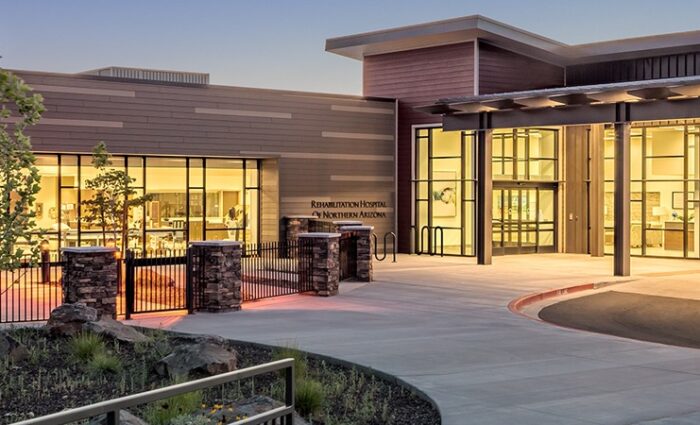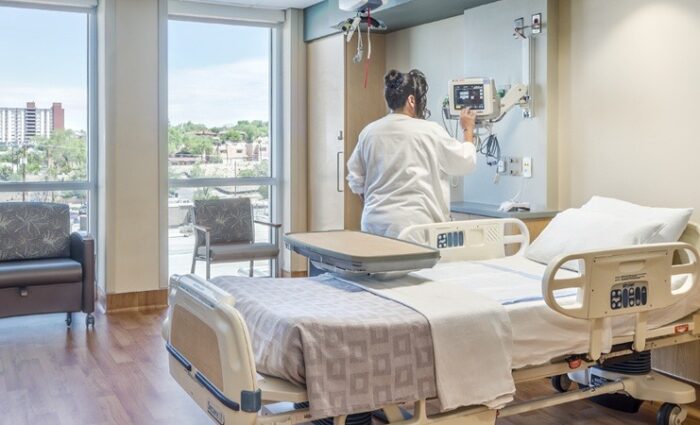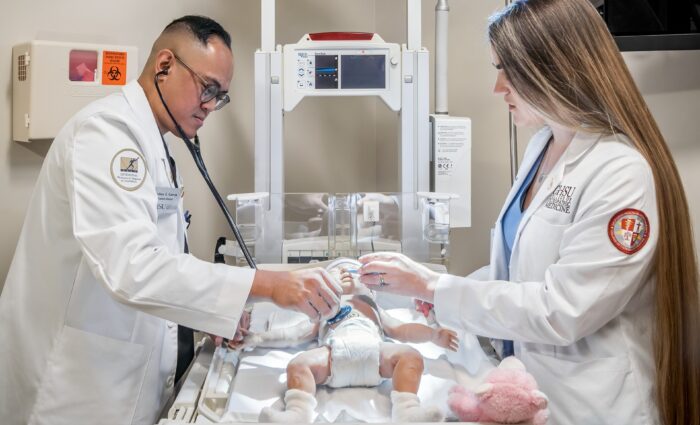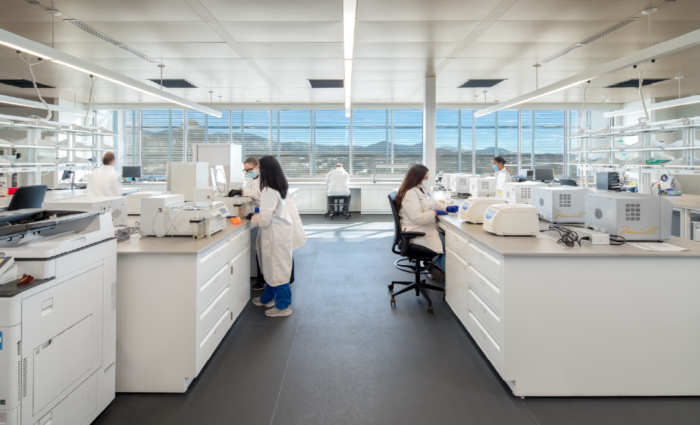Radiation Therapy: Designing for the Patient Experience
Advancements in technology and radiation therapy are showing promising results in cancer treatment, but the number of cancer patients continues to rise. The American Cancer Society projects an increase from 17 million cases worldwide in 2018 to more than 27 million cancer cases in 20401. As more cancer patients undergo various therapies to manage the disease it becomes paramount to create comfortable healing environments that reinforce healthcare efforts.
Radiation therapy room design, also known as linear accelerator vault design, is particularly challenging because these rooms can be quite intimidating for patients. Linear accelerator vaults are designed to meet specific requirements dictated by equipment, shielding, location within the hospital, and other factors.
Typically, these requirements result in boxy configurations with high-tech equipment that neither reduce patient stress nor alleviate anxieties about treatment. The following are a few techniques to make radiotherapy room design more comfortable for patients while still meeting shielding and space requirements.
Linear Accelerator Vault Type
To contain radiation, radiotherapy room design requires thick shielded doors and concrete walls creating a vault. Shielded doors are heavy and loud when closed. So if you’re a patient lying on the treatment table, the last thing you experience before the radiation begins are health professionals clearing the room and a loud door closing you in isolation. Once the door is closed the solid concrete walls create an uncomfortable echo chamber.
To mediate this unpleasant experience, there are various vault types, from mini-maze to doorless designs that designers can plan for. One purpose of these alternative layouts is to block the door and reduce the noise of it closing from the patient point of view. There are benefits and drawbacks to each vault type. The most suitable vault design can be determined by considering a facility’s capacity and workflow.
Vault design influences the size of door required as well as the thickness of the vault walls. These are important conversations to have as each vault type has different square footage requirements.
- Direct entry/mazeless vaults like the one pictured below from Rust Medical Center, take up the least square footage but require more shielding and thicker walls.

- Mini-maze vaults add some square footage and reduce some of the shielding requirements.
- Maze configurations like the image below from Kaseman Hospital, balance shielding and square footage requirements.

- Completely doorless vaults require additional square footage, but they remove the need for a door.
Interior Design and Materials
Because the linear accelerator is a large, unnerving piece of equipment, it’s important to add design elements that soften the environment. Using warm materials in the treatment space will take focus away from the equipment and help ease the patient during treatment.
Once the vault door is closed it is important to balance the amount of solid surfaces to softer surfaces. Solid surfaces are included for cleanability and infection control while softer surfaces are included to reduce the chamber echo effect inside of the vault.

Stress-Free Environment
Because the radiotherapy room must contain radiation, efforts are made to prevent exposure to people other than the patient. The radiotherapy room cannot be open or daylit. However, cancer centers in general can be inviting with views to healing gardens and natural light. Locating cancer services in open, pleasant environments can improve patient satisfaction.

There are many design considerations for radiation therapy rooms. They must be precise enough to accommodate a specific linear accelerator, yet flexible enough to support inevitable equipment replacements. Workflow and storage for patient molds create a different set of parameters. And cost influences footprint, shielding, and location within the hospital.
Although there are many restrictions placed on linear accelerator vault design, there are also opportunities to be empathetic to patients and create a more calming environment for their treatment.
1. International Agency for research on Cancer. Global Cancer Facts & Figures. Available at: https://www.cancer.org/research/cancer-facts-statistics/global.html. Accessed March 29, 2019.
Read our minds.
Sign up for our email.
Related Content

Designing more hospitality in hospital.
Urban design solutions are not a cure-all when it comes to rural healthcare needs.






